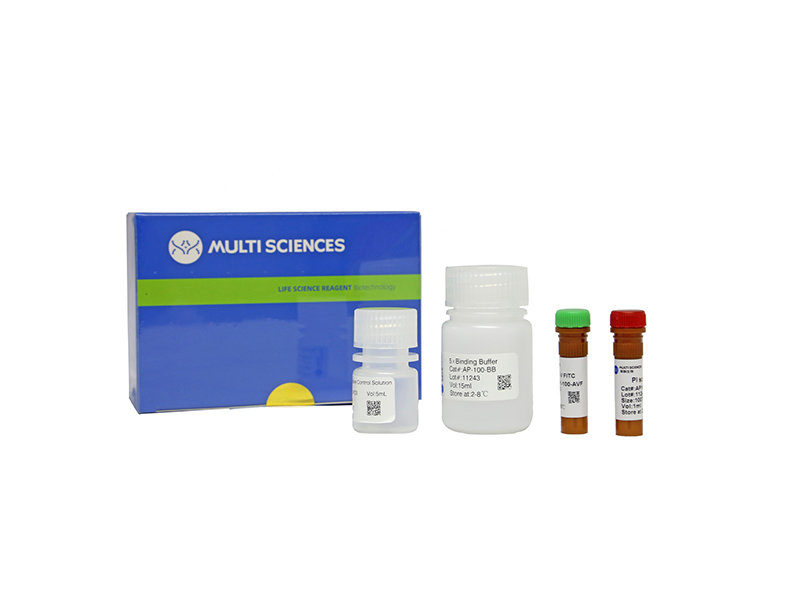Diabetic kidney disease (DKD) has become the leading cause of end-stage renal disease worldwide. Renal tubular epithelial cell apoptosis and tubular atrophy have been recognized as indicators of the severity and progression of DKD, while the mechanism remains elusive. Tumor necrosis factor receptor-associated protein 1 (TRAP1) plays critical roles in apoptosis. The aim of this study was to investigate the protective role TRAP1 plays in DKD and to study the potential underlying mechanisms. TRAP1 expression was decreased, and mitochondria were injured in NRK-52e cells under high-glucose (HG) conditions. The overexpression of TRAP1 ameliorated HG-induced apoptosis, increased cell viability, maintained mitochondrial morphology, adenosine triphosphate (ATP) levels, and mitochondrial membrane potential (MMP), and buffered oxidative stress, whereas TRAP1 knockdown aggravated these effects. The protective effects of TRAP1 may be exerted via the inhibition of mitochondrial permeability transition pore (mPTP) opening, and the damage caused by TRAP1 knockdown can be partially reversed by treatment with the mPTP opening inhibitor cyclosporin A (CsA). In vivo, TRAP1 expression upregulation by AAV2/9 injection prevented renal dysfunction, ameliorated histopathological changes, maintained mitochondrial morphology and function, and reduced apoptosis and reactive oxygen species (ROS) in STZ-treated DKD rats. Thus, our results suggest that TRAP1 ameliorates diabetes-induced renal injury by preventing abnormal mPTP opening and maintaining mitochondrial structure and function, which may be treated as a potential target for DKD treatment.
文章引用产品列表
-
- AT105 187 Citations
- 凋亡试剂盒
Annexin V-APC/7-AAD Apoptosis Kit(细胞凋亡试剂盒 - 贴壁细胞专用)
- ¥1,010.00 – ¥2,090.00
-
- AP105 324 Citations
- 凋亡试剂盒
Annexin V-APC/7-AAD Apoptosis Kit 细胞凋亡试剂盒
- ¥780.00 – ¥1,860.00



